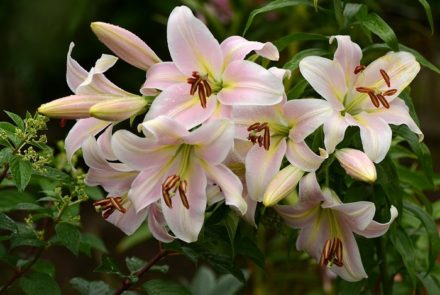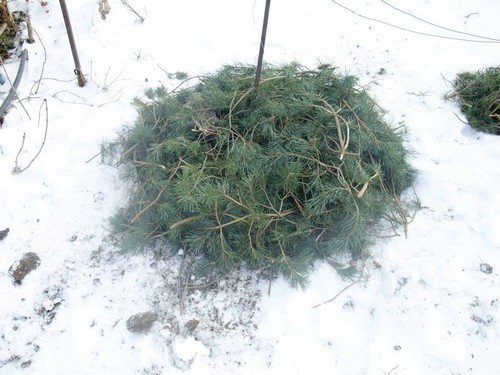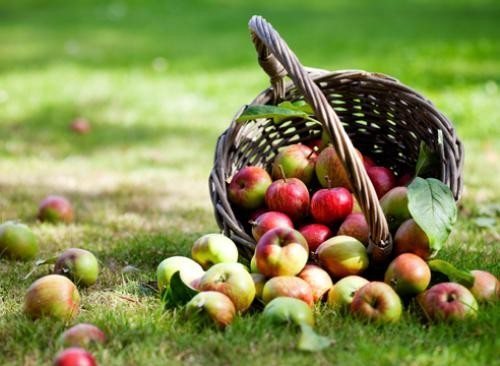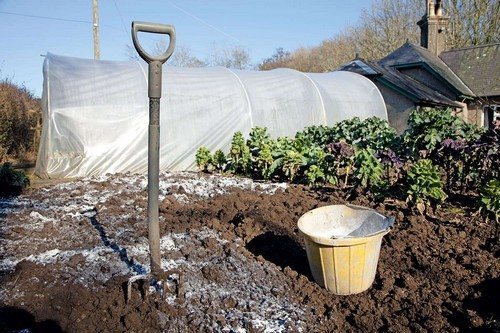The pride of any autumn flower bed is chrysanthemums. Unpretentious perennial prudes or capricious varietal luxurious beauties - these epithets apply to them to the fullest.

In order for chrysanthemums to continue to delight with their blooms next fall, they need to be properly prepared for winter.
Types of wintering
Chrysanthemums are left to overwinter in the ground, or dug up and stored indoors. It depends on the variety and frost resistance.
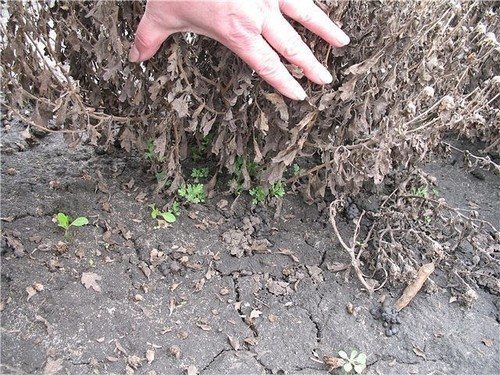
- Large-flowered cut varieties of chrysanthemums should be dug up. This is, first of all, an Indian selection. Globular chrysanthemums also cannot be left in the ground; they are too delicate for this.
- Small-flowered chrysanthemums of Korean selection, which are most common in our country, can be left in the flowerbed for the winter. But for them you need to carry out a number of simple but necessary measures.
Autumn feeding
This work must be carried out in August, when fertilizer is applied to each bush. The composition of the fertilizer is phosphorus and potassium. Nitrogen fertilizers cannot be applied so as not to cause the growth of new shoots in the plant. Potassium fertilizers will help accumulate nutrients in the roots. Phosphorus fertilizers will help the root system prepare for winter. If the weather is rainy, fertilizers can be applied in dry form.
In case of dry weather, it is better to prepare an infusion of fertilizer in water during the day, 1 tablespoon per bucket of water. First, water the soil under the bush with clean water.And only water the plants in damp soil. After this feeding, watering stops.
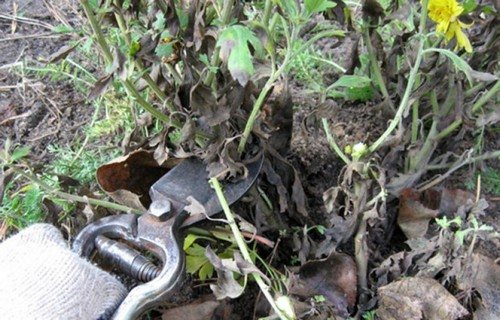
Pruning and hilling
It is carried out after the first cold weather sets in. The cutting height of those varieties that are dug up is 15 cm. This makes them easier to move and there is less risk of breaking off the stems.
In the ground, the stems are cut to 10 cm. This way they can be identified and not damaged when cultivating the soil. After pruning, the stems need to be hilled up in such a way as to be completely covered with loose soil. At the same time, do not leave holes and depressions in which water will accumulate around the chrysanthemum.
Shelter
After hilling, the chrysanthemums are covered with one of the materials that does not cause damping off: spruce branches, dry leaves or sawdust. This procedure is carried out after the onset of persistent cold weather - in October. It must be remembered that in the spring, covered plants suffer more not from the cold, but from mold. Therefore, if the region where they grow has snowy winters, it is not necessary to cover the chrysanthemums. It is enough to monitor the presence of snow cover on the flowerbed. Under it, the bushes will be perfectly preserved until spring. If there is little snow in late autumn and early winter, then covering is necessary.
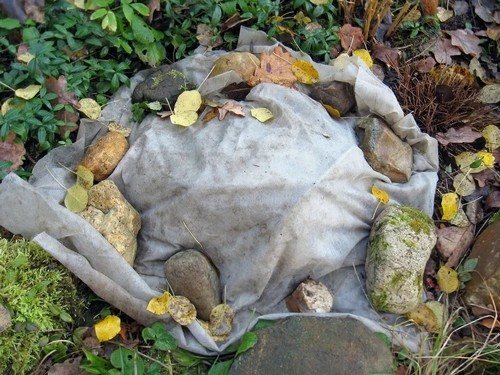
Digging
Varieties to be stored indoors are dug up after the foliage has withered, but are not allowed to fall under frost. After pruning, they are taken out of the ground, lightly cleaned and the soil is shaken off. The roots are dried in the shade, placed in boxes with straw or not fresh sawdust. Store in the dark, at positive temperatures up to +5 degrees. It is important that the room is dry and the substrate does not gain excess moisture.
Such simple and time-consuming autumn work will allow you to preserve chrysanthemums and by next autumn you will again enjoy contemplating them.



